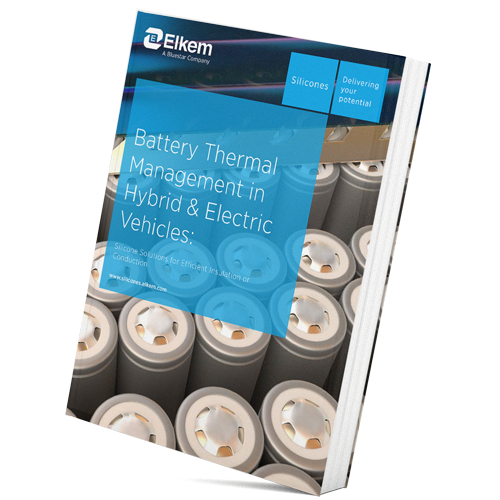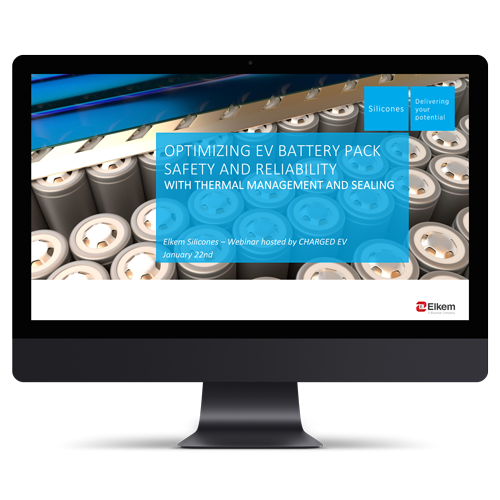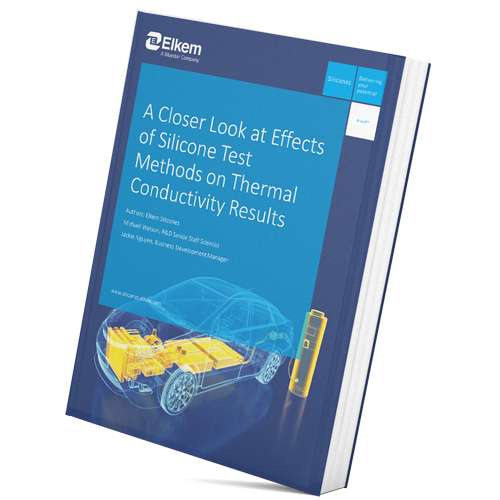- Which thermal management material for lightweight battery packs?
Which thermal management material for lightweight battery packs?
Lightweight Thermal Management Materials
Reducing weight is a major challenge for EV designers and manufacturers in their quest to reduce power consumption, but also to increase autonomy, which is today the biggest stumbling block for endc onsumer acceptance. There are, indeed, direct links between vehicle weight and energy consumption. Talking the Hybrid & Electric Vehicles language: you better have a lightweight battery pack if you want a long-lasting and performant battery. Thermal Management Materials are an important part of the overall battery pack weight. Some solutions can better fit the requirements of engineers challenged on the weight of their battery packs.
Why striving for lightweight battery packs?
Let’s have a look at very simple figures: a 10% reduction in vehicle weight can result in a 6%-8% energy economy improvement. Replacing traditional steel and iron components with lightweight materials such as high-grade metals, alloys, carbon fibers, and polymer composites can directly reduce the weight of a vehicle’s body and chassis by up to 50% and, in turn for EV vehicles, reduce the battery weight they carry.
This loss of weight can also be used for adding advanced emission control systems, safety devices, and integrated electronic systems. It’s a virtuous circle. In addition, if these lightweight components contribute to the overall efficiency and autonomy of the electrical motor (through better TMS and efficient insulation and conductivity), it’s a big step forward on the road to consumer acceptance.
Now let’s focus on battery packs: they usually weight between 385 to 544 kg. This is a significant part of the overall vehicle weight. Considering thermal management activities usually look to fill any air gap with a material able either to conduct or stop the heat (thermal conductivity versus thermal insulation), you can easily imagine that thermal management is a critical process to look at to meet weight reduction challenges.
A few facts about electric car weight :
- A Tesla Model X P100D weight 2509kg
- A BMW i3 weight 1315kg
- A battery pack usually vary between ~300kg and ~550kg depending on size and power
- We can roughly assume that a battery pack represent between 20% and 30% of the overall electric car weight
What kind of materials could lighten the overall thermal management system?
Fortunately, thermal management materials don’t have to be dense and heavy! It’s all about the thermal management system you will choose. Said with different words, the choice you will make between thermal conductivity and thermal insulation will determine your ability to work with lightweight thermal management materials. Let’s make it simple:
- Thermally conductive materials are usually adhesives, and dense: do not expect to find the lightest solution if you’re looking for thermal conduction.
- Thermal insulation solutions can be formulated as foams: they are lightweight thermal management materials with very low density, the best option to lower the weight of your battery pack.
Now you may ask yourself: which material technology should I select to work with highly efficient foams to insulate the heat and prevent from thermal runaway? Well, silicone foams are the highest-performance solution in the market today, combining best in class heat-resistance features with extremely low density, making it a solution of choice for any lightweight thermal insulation project, ensuring longer vehicle life and therefore becoming even more ecological and economical alternatives to traditional motor vehicles.


